PV: Sir, Thai ethnic cuisine is considered elaborate, unique, and reflects distinctive features. What are the special features of Thai ethnic cuisine in Quan Son?
Mr. Le Van Tho: Culture is the result of the process of human interaction with the natural and social environment. And eating habits and customs also reflect this interaction. Eating and drinking not only meet the natural needs of humans but also show the cultural response to the natural and social environment of ethnic groups, communities or peoples in each region with specific natural geographical conditions. Culinary culture also reflects the customs of a community expressed in eating and drinking, and those customs are subject to the regulations of living conditions (characteristics of production, nature, lifestyle...), besides, it also shows the creative capacity of the community in certain circumstances. Through culinary culture, we can see the imprint of wet rice agriculture combined with slash-and-burn farming, animal husbandry and natural exploitation (hunting, gathering) in a mountainous area and a community-bound lifestyle is very clearly expressed in the culinary culture of the Thai people in Quan Son.
The food source that makes up the traditional meals of the Thai people is sticky rice, so the way of preparing starchy dishes is also mainly associated with sticky rice such as sticky rice and bamboo rice. It can be seen that the dishes of the Thai people bear a very strong natural mark (wild vegetables, wild tubers, various kinds of wild bamboo shoots, stream fish, rock moss, wild pepper...) and the traditional recipe of the Thai people can be summarized as "sticky rice - fish - vegetables".
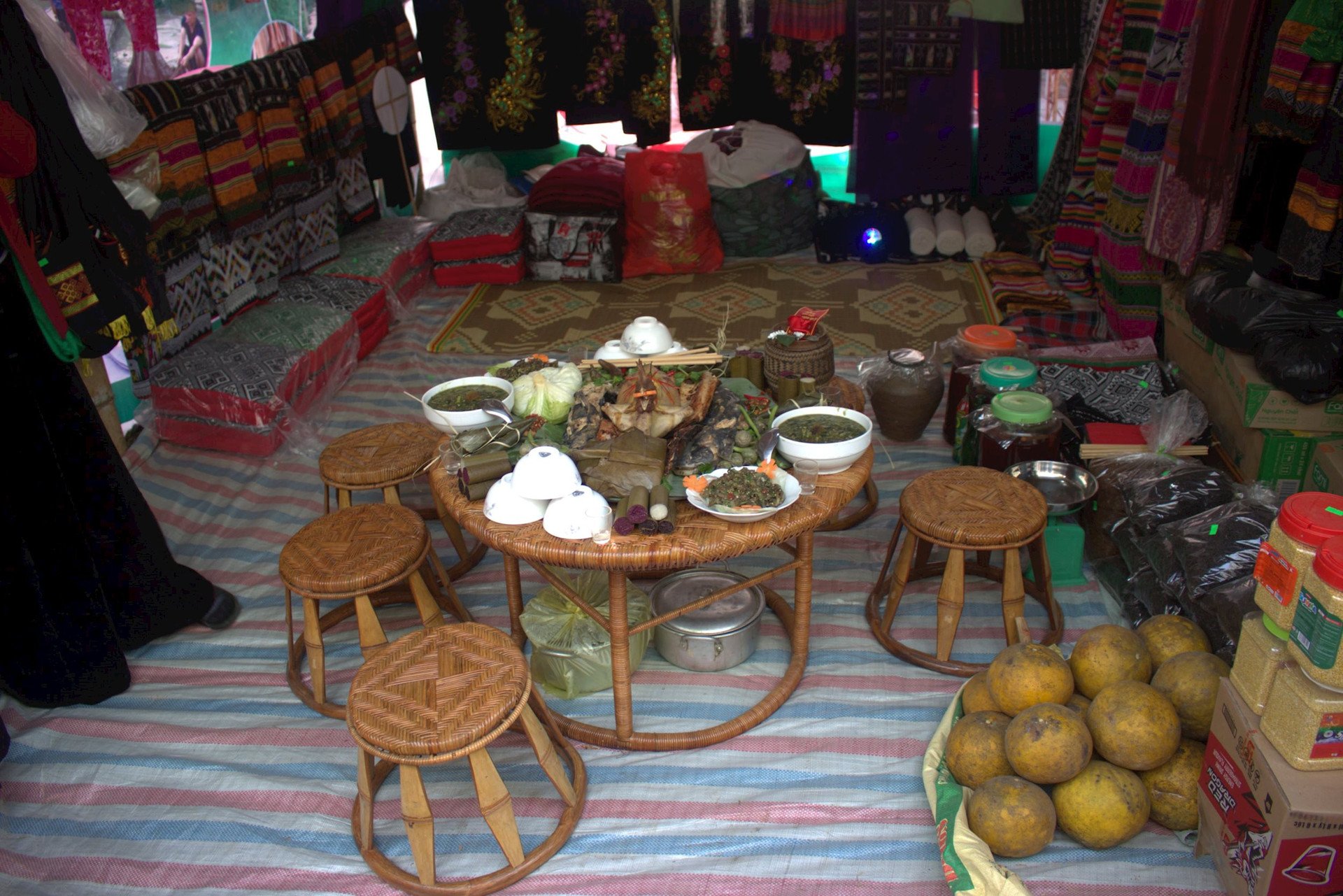
According to the ancient Thai custom, when guests come to visit, first invite them to drink tea, greet them, then open the jar of wine. Before drinking, invite the god to protect the guests (the Thai believe that the honored guests will have gods following them, so they must invite the god to drink first). Then the guests, the host and some brothers and sisters in the village come to welcome the guests with the host before drinking.
Can wine is a drink that is both sacred, everyday and luxurious, present in the cultural life of many ethnic minorities. The Thai people consider Can wine to be a drink that is both ceremonial and shows intimate, sincere feelings. In important events of life such as housewarming, weddings, festivals, friends meeting... there must always be Can wine. In ritualistic drinking parties, everyone must follow strict rules. The elderly, people with social status, and guests from far away are the "priority" subjects to hold the straw to drink the first round of wine.
In Thai families, regardless of rich or poor, noble or humble, there are a few buffalo horns carefully carved to measure water for drinking. When drinking wine (except at funerals), Thai people often sing to invite people to drink. People can drink wine and sing back and forth, competing with available lyrics or improvising.
PV: Sir, what are the unique features of the Thai ethnic costume culture in Quan Son district ?
Mr. Le Van Tho:
Each ethnic group has a different way of expressing their costumes, influenced by their lifestyle and cultural activities. When going to the Northwest or through the West of Thanh Hoa , the typical feature of the Muong villages of the Thai ethnic group is to build houses along streams, on high mounds, with mountains behind and rice fields in front. In that cultural landscape, standing out among the green of the mountains and forests are the fresh and familiar colors of their costumes.
It can be said that studying Thai costumes is to decode the information about Thai culture associated with it. Accordingly, the costumes of the Thai people play an important role in the ethnic life. First of all, Thai costumes are the product of the labor process, demonstrating diligence, intelligence and creativity. It is formed in a specific natural, social environment and historical context. It is a sophisticated handicraft technique associated with small-scale farming society and a self-sufficient economy.
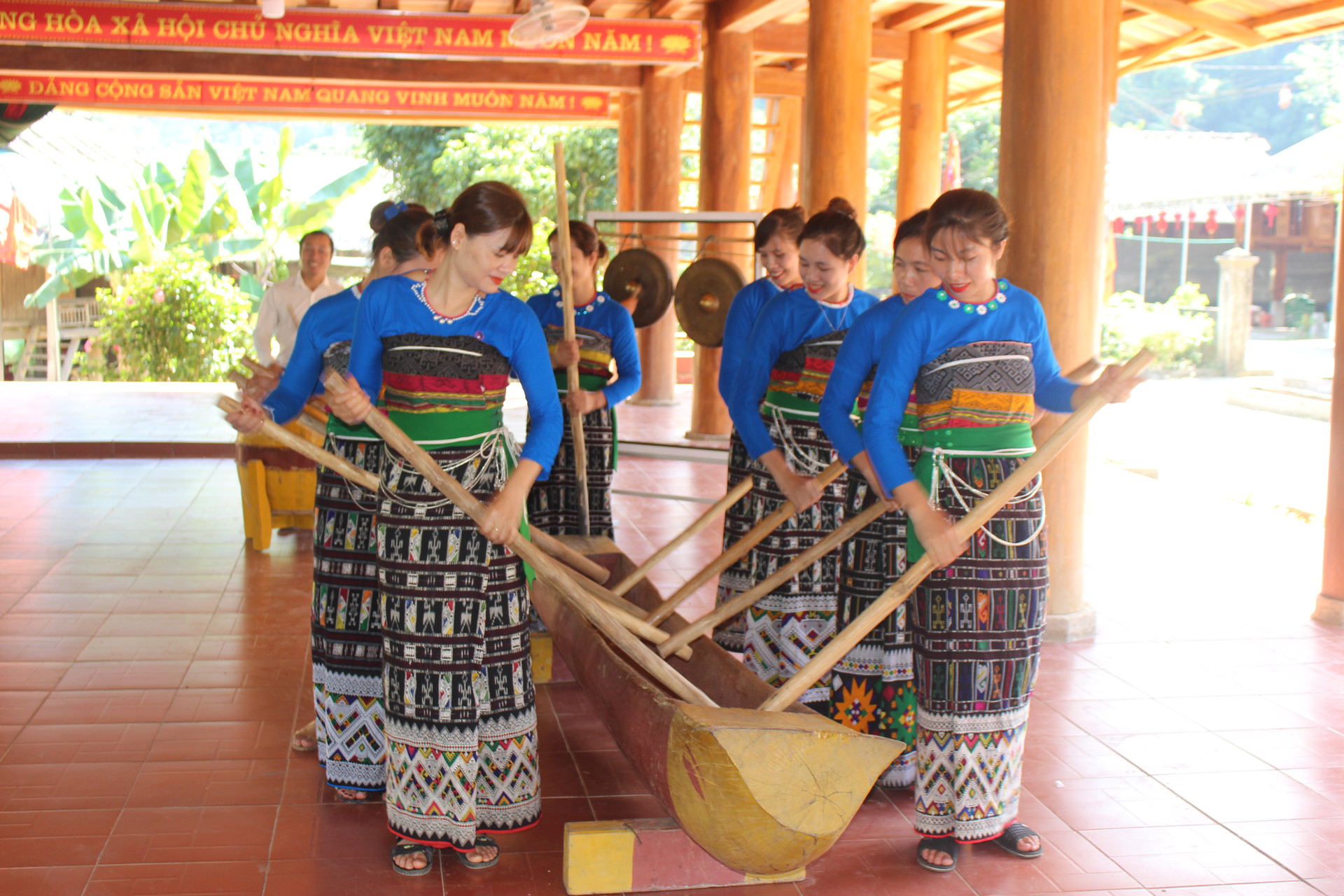
To get clothing products, they have to go through many hard-working processes, in which the two most important steps are planting cotton and weaving. Thai people's cotton planting must also be carried out according to custom: choosing land, choosing a good day and month to sow seeds, and harvesting. Once the cotton is obtained, the steps include selecting, picking cotton, rolling cotton, wrapping cotton, spinning thread... Besides the material value, Thai people's costumes also express the values of ethnic cultural identity. Through costumes, especially the sophisticated patterns obtained by hand weaving, it shows that the Thai people's indigenous knowledge in this field has reached a high level.
Thus, clothing plays an important role in all human activities, from daily life to festivals and holidays in the family and the whole community. It can be said that clothing has great significance for Thai people, it not only represents the simple need to "wear" but also is associated with rituals with sacred and profound meanings. Preserving the patterns on clothing means preserving the cultural features of Thai people.
Therefore, clothing products, also known as clothing, express ethnic cultural characteristics most clearly and are most characteristically expressed in women's clothing.
In terms of preserving ethnic cultural values through costumes, women are typical representatives. That is the reason why researchers when referring to Thai ethnic costumes often refer to women's costumes.
For the Thai people in Thanh Hoa, the shirt has two basic styles: the open-chest style and the pullover style, the pullover style is the older style. From that, it shows that the shirts of the Thai people in Thanh Hoa still retain ancient elements. The buttons of the Thai people in Thanh Hoa are often the common types of buttons, not the Pem style like the Thai people in the Northwest. Thai women in the Quan Son area often wear Com shirts, pullover, short to the waist, split on both sides of the shoulders, with only one button or tied with a cloth string, the fabric background can be black, indigo blue, light brown, but white is taboo.
Thai women in Thanh Hoa also wear headscarves. The two ends of the headscarves are also embroidered with patterns, but they do not have the cut-piêu, which is a difference. The black headscarves are embroidered with flowers at both ends. When wearing the headdress, one embroidered end is brought forward and the other is brought back.
In the current trend of industrialization, modernization and international integration, preserving national cultural identity cannot be done without preserving costumes. Costumes have existed for a long time and are closely associated with people's lives, creating very unique and distinctive features. It can be said that making costumes not only meets the clothing needs of family members but also contributes to the development of the household economy. Moreover, Thai costumes today also contribute to promoting the culture of the nation to tourists and friends around the world.
Costumes are a cultural identity of ethnic groups that need to be preserved and promoted in the current context. In the general concept of Thai people, fabrics have many meanings: symbolizing women, beauty; objects used throughout a person's life; symbolizing wealth in traditional society; reflecting the technical level of handicrafts.
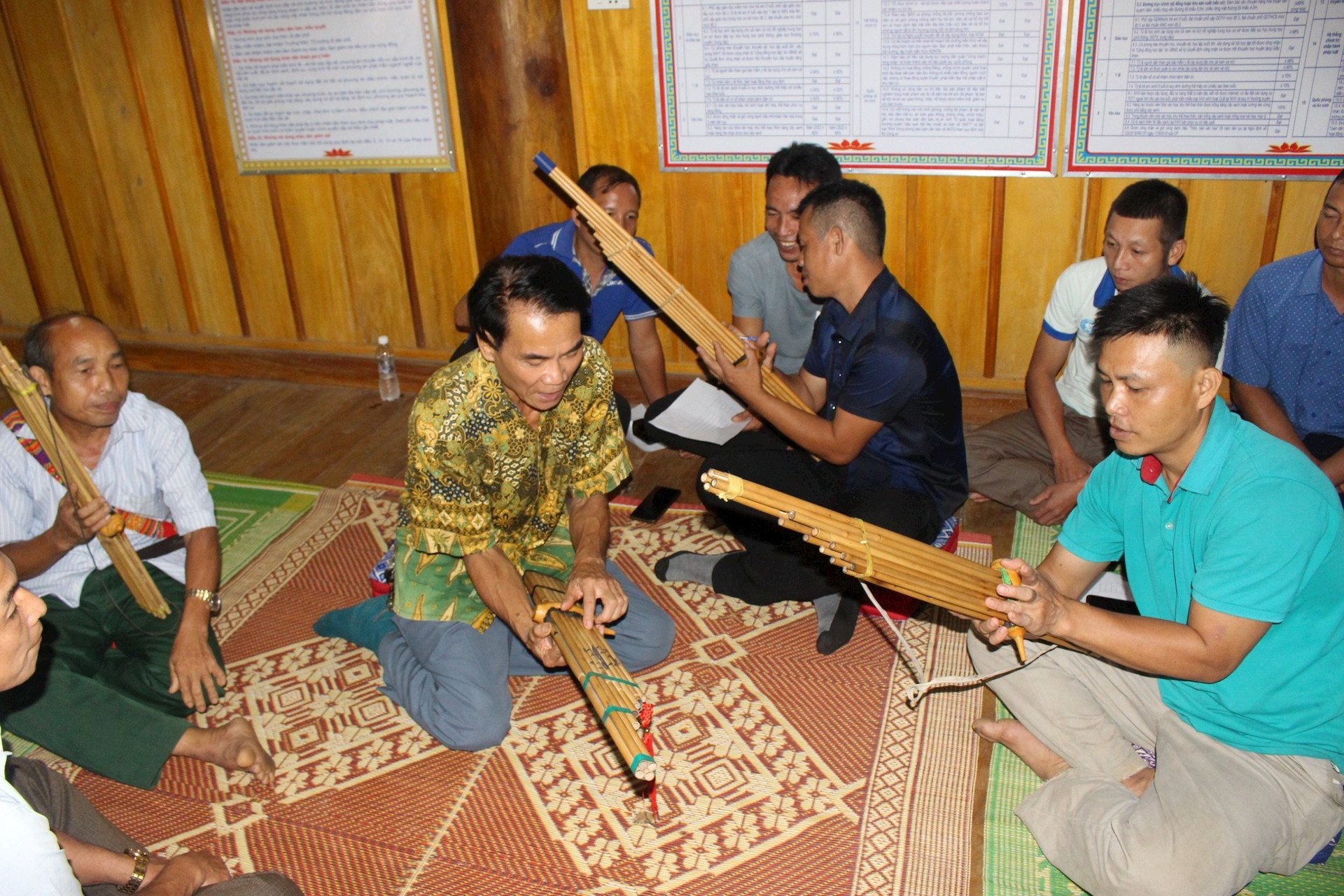
PV: Sir, have the Thai people in Quan Son district preserved and conserved the ancient stilt house architecture?
Mr. Le Van Tho:
From the Northwest to the West of Thanh Hoa, Nghe An, the stilt houses of the Thai people are a typical cultural feature, contributing to the Thai cultural space. Looking at the structure of the roof, we can recognize the houses of the local Thai groups.
The variations in architecture and housing styles of the Thai people in Quan Son will contribute to the general knowledge of the material culture of the Thai people in Vietnam, in a cultural context that is gradually changing. The Thai people in Thanh Hoa in general, and Quan Son in particular, traditionally live on stilt houses, but do not have a prominent khau cut on the roof like the Thai Black people in the Northwest. The ancient style is a house on stilts with buried columns, so the Thai people have a saying: "Con huon han van sau", meaning that people live on stilt houses with many columns, and four-roofed houses do not have khau cut like the houses of the Thai people in the Northwest. The longitudinal beams run throughout, and the ladders to the two gables are called the outer ladder and the inner ladder.
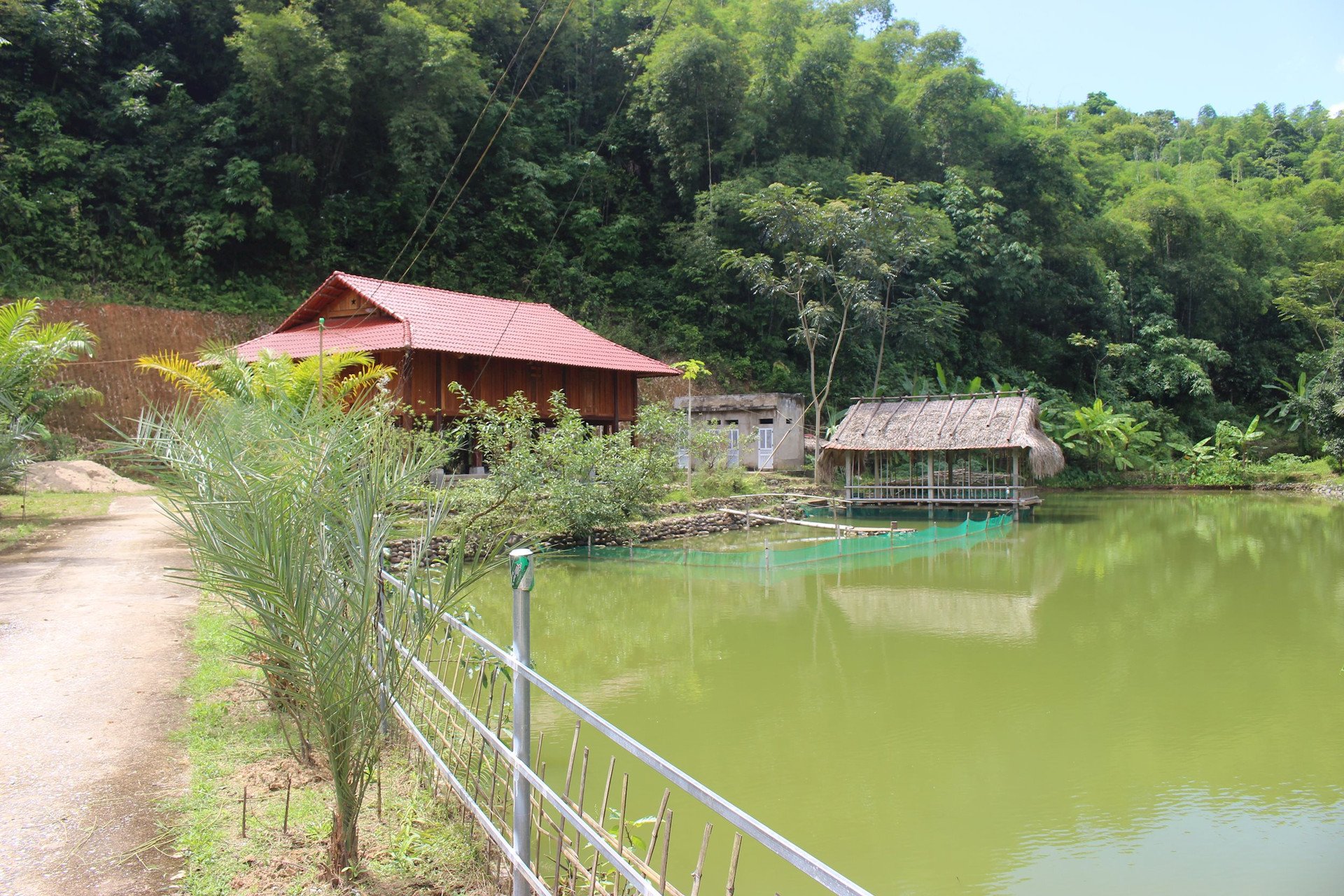
Regarding religious customs and taboos related to house construction and traditional house layout, the Thai people in Thanh Hoa rely on natural elements to build their houses, making sure the house has the most stable position. The most common is to build a house based on natural flows or the curves of the foot of the mountain. That is, with the traditional house of the Thai people in Thanh Hoa, people choose rivers, streams or open land as the standard.
Accordingly, the roof beam of the stilt house is directed in the direction of the natural river flow. Thus, the group of houses seen from above is a soft stretch following the natural flow. If the house is built near the mountain, or has its back against the mountain, facing an open area or a river or stream, then the roof beam should be directed in the direction of the mountain's foot. If the house exists in an independent space without leaning against the mountain, facing the river, then the roof beam should be placed in the east or west direction depending on the family line. In all three ways of placing the house above, the Thai people avoid placing their roof directly against the roof of another house. They are afraid that this will cause discord among people in the same village. The neighborly relationship in the Thai village of Thanh Hoa plays a very important role.
Ethnic minorities, especially the Thai people in Quan Son district, still maintain their traditional culture from housing, costumes to daily life. This is an important factor to preserve and promote cultural values while strengthening solidarity among ethnic groups living together in the area.
Thank you!
Source


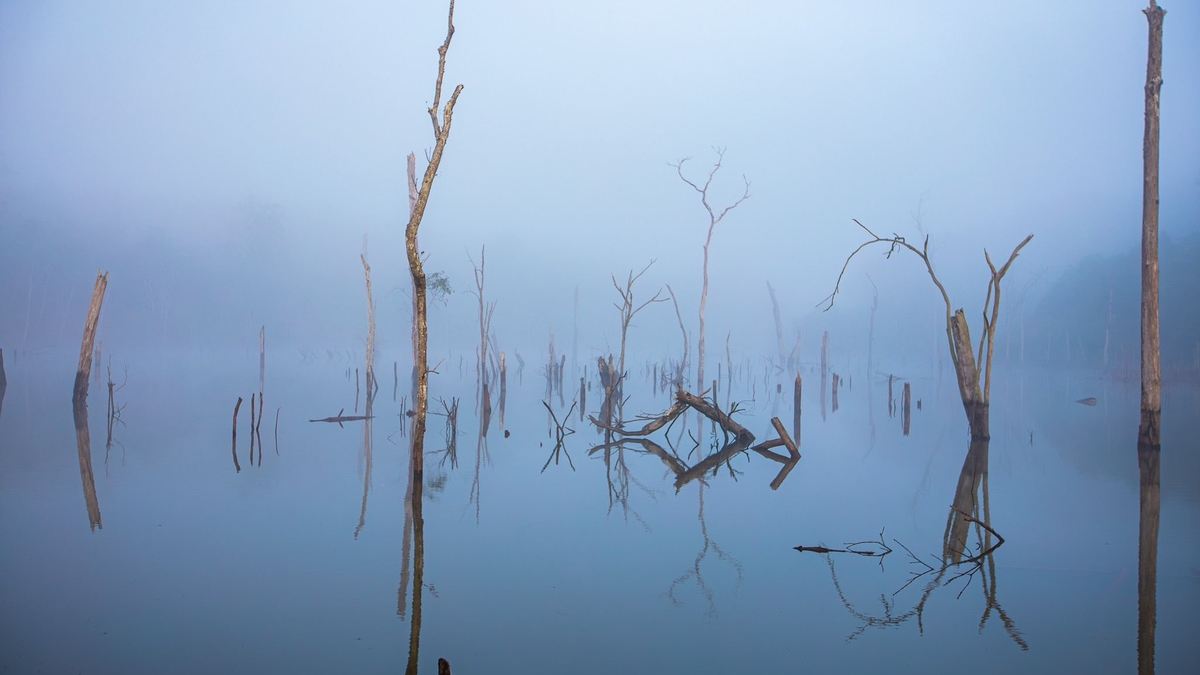
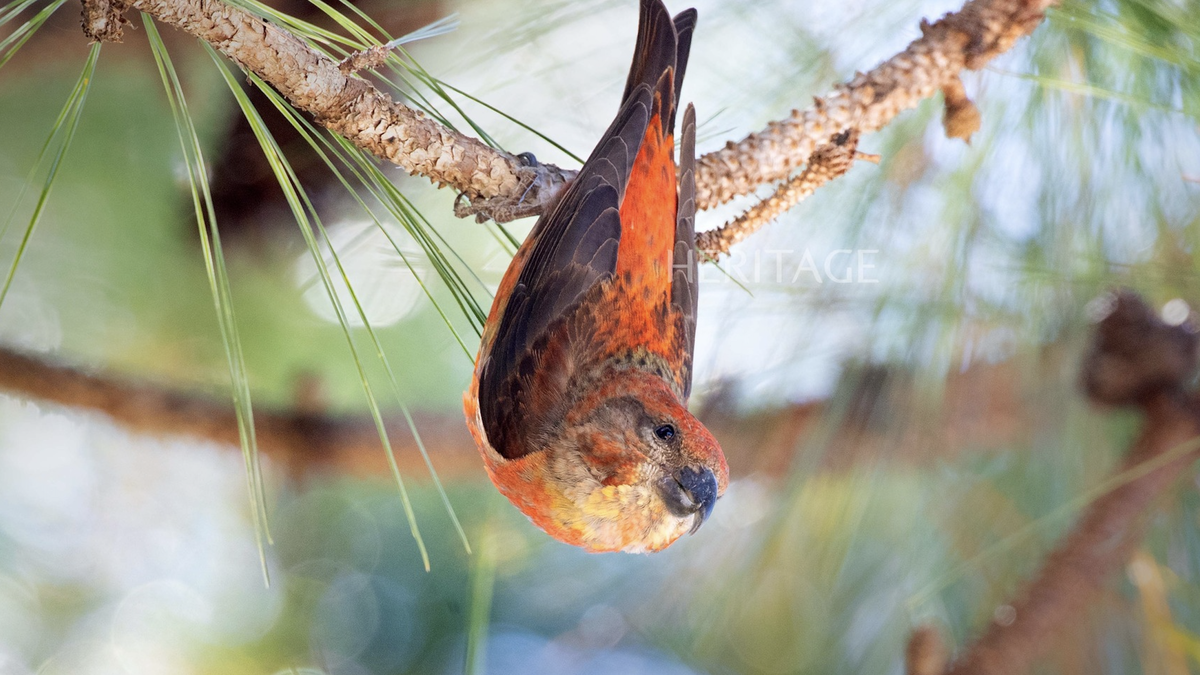
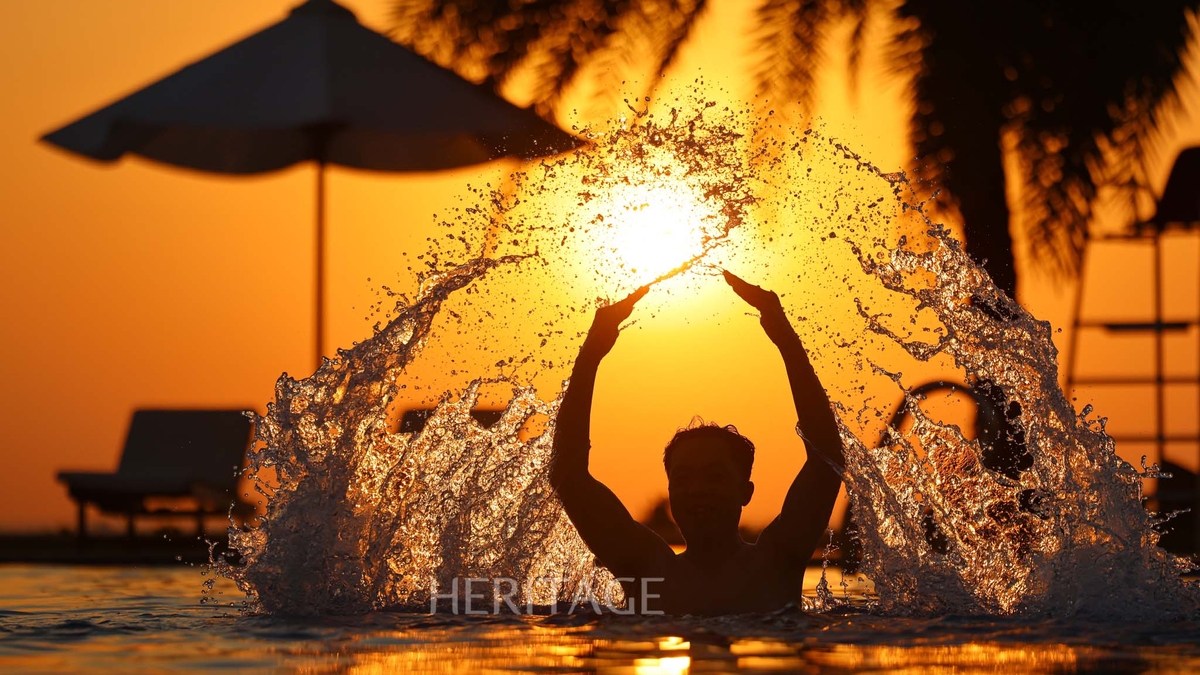
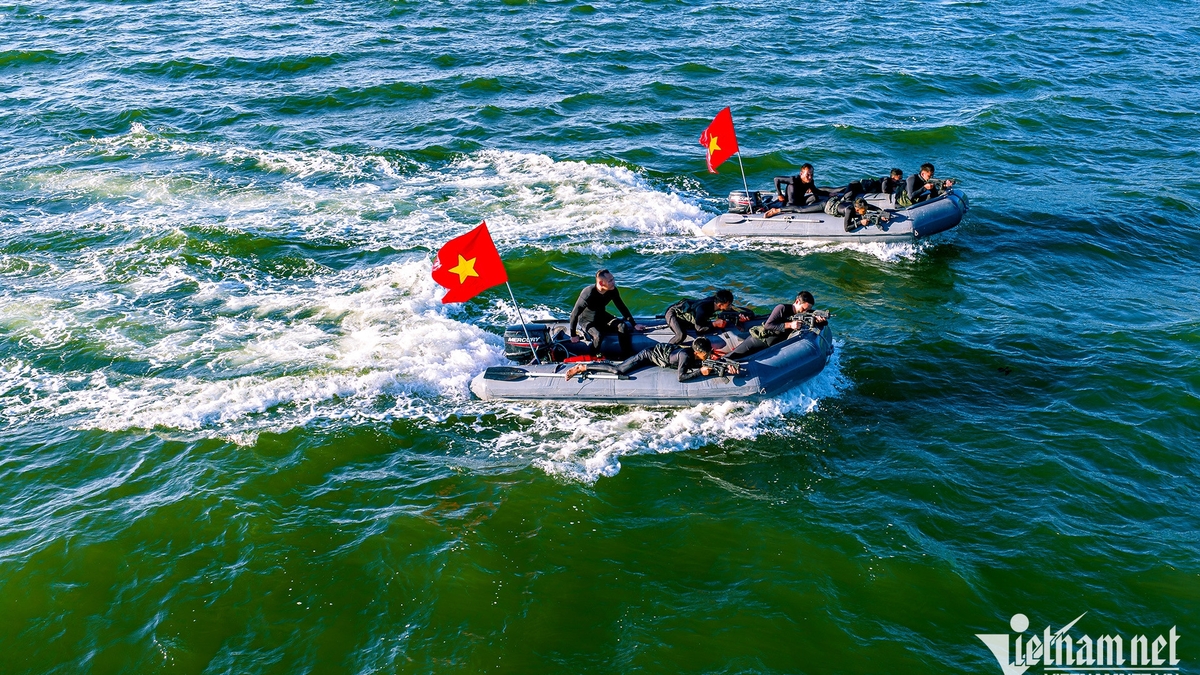
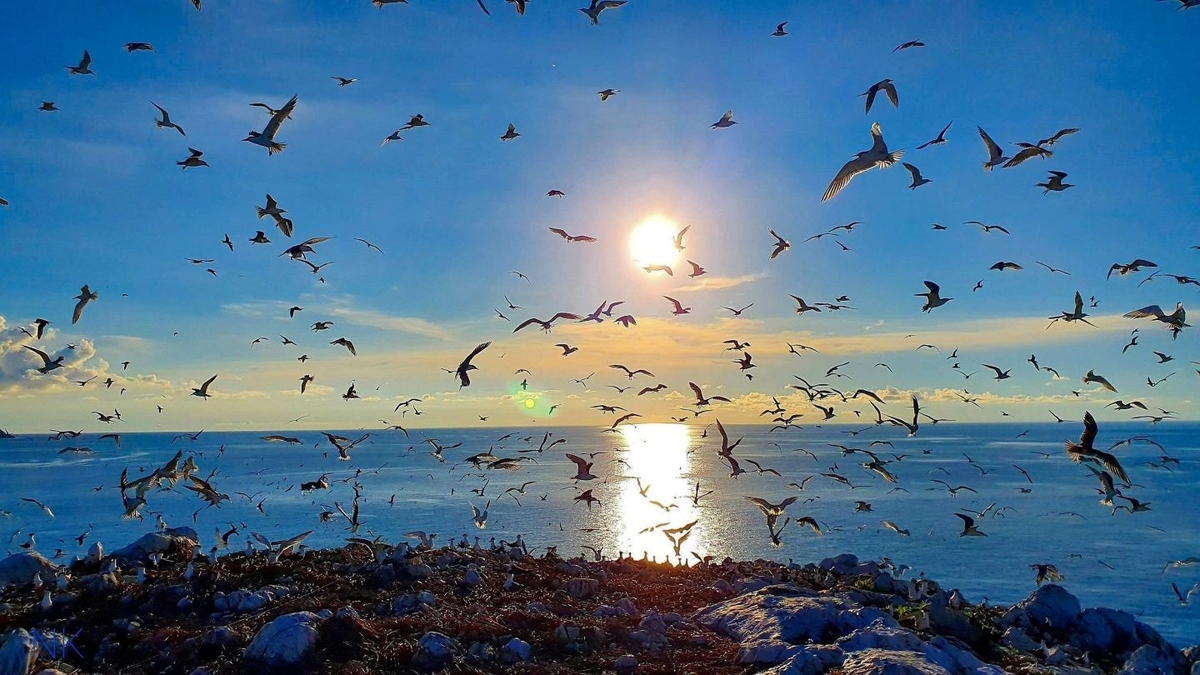
![[Photo] Prime Minister Pham Minh Chinh chairs meeting on nuclear power plant construction](https://vphoto.vietnam.vn/thumb/1200x675/vietnam/resource/IMAGE/2025/10/22/1761137852450_dsc-9299-jpg.webp)
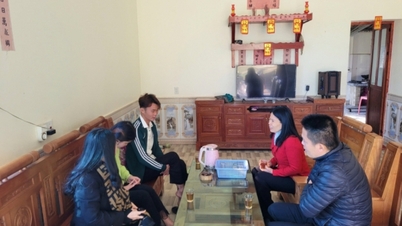

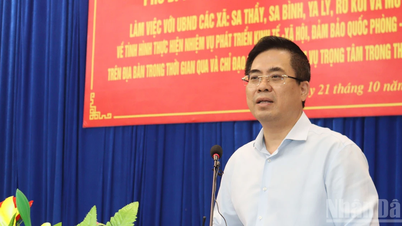



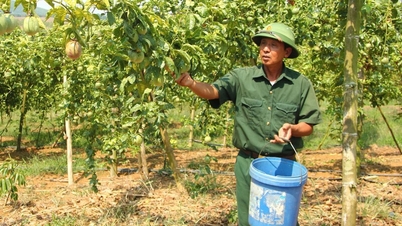

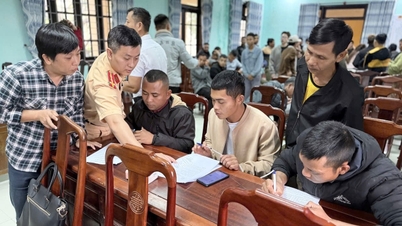





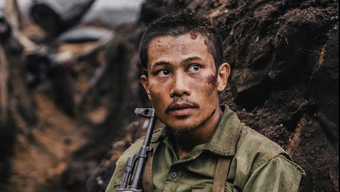

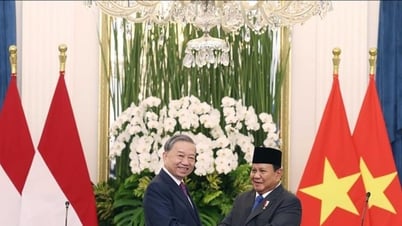
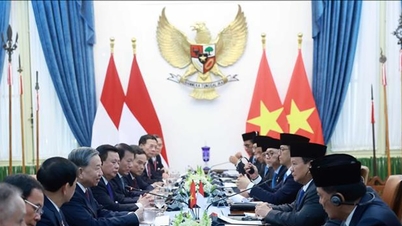

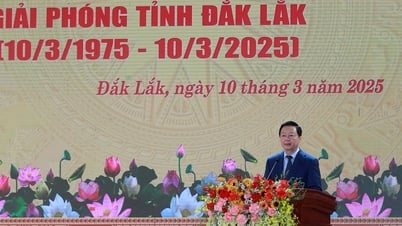
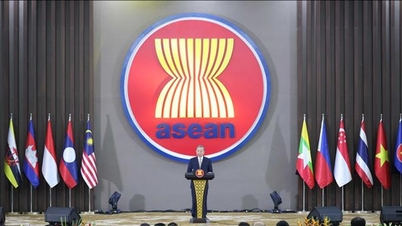
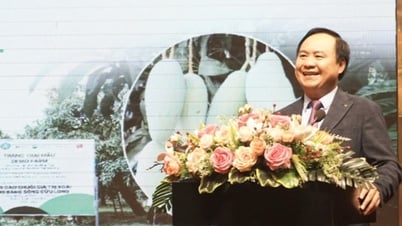
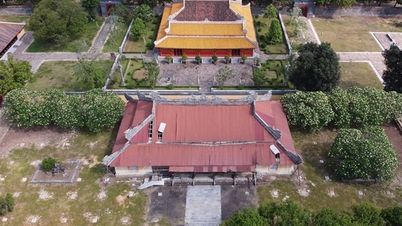

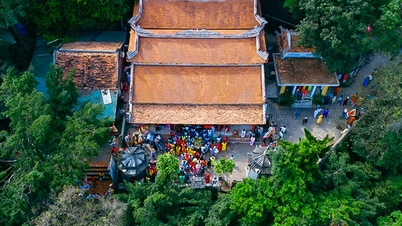

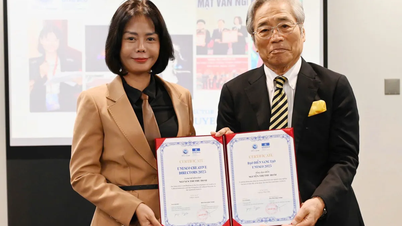

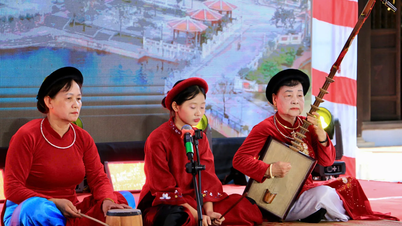

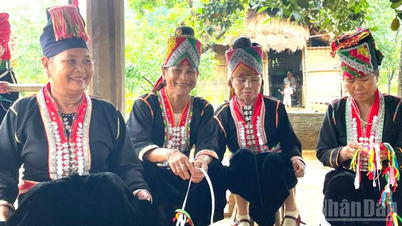
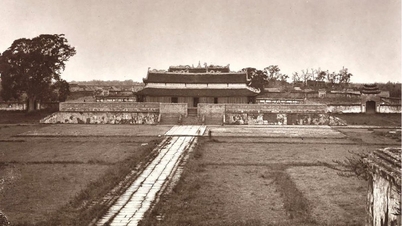

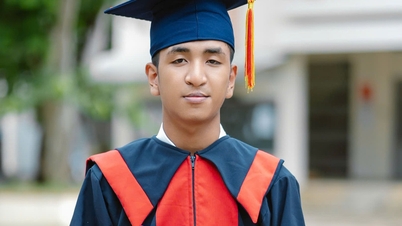

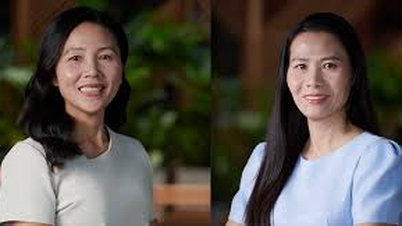

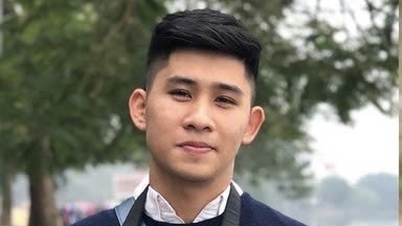

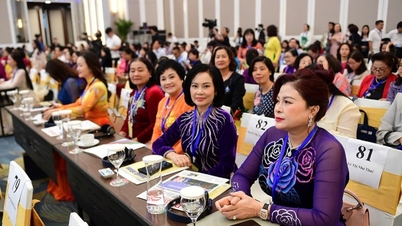

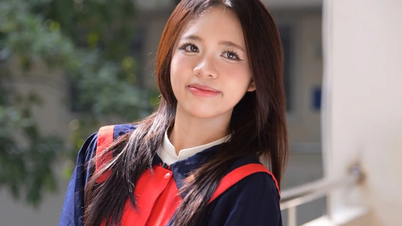

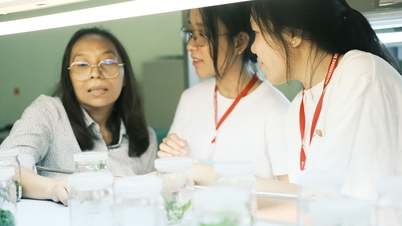

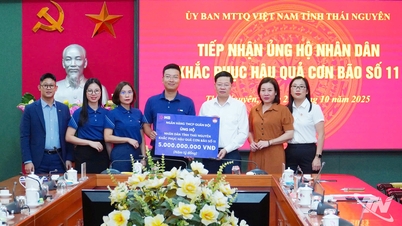

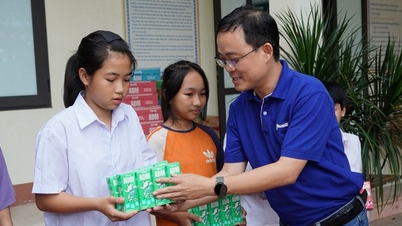

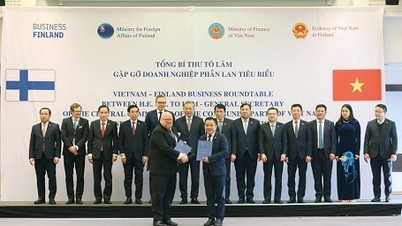

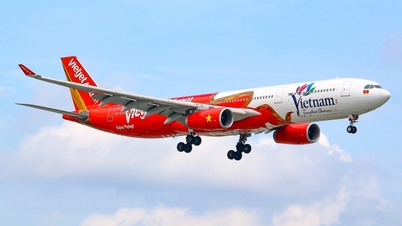
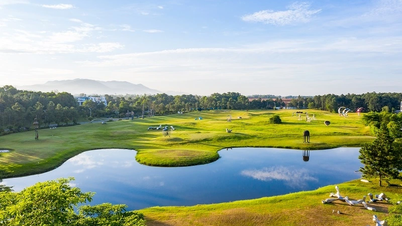

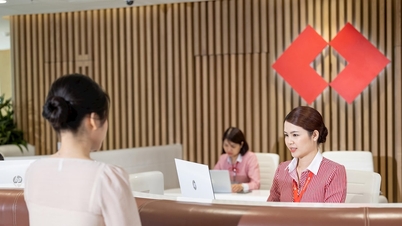







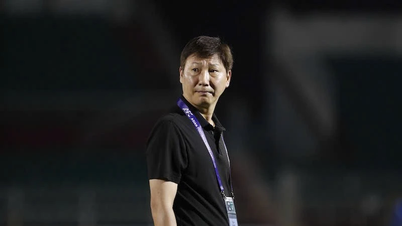
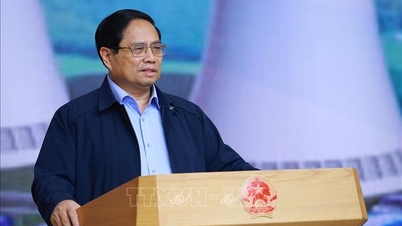

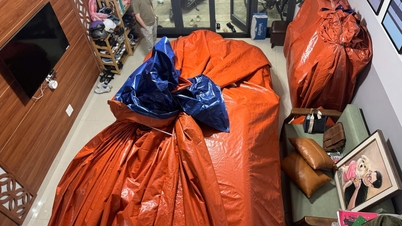
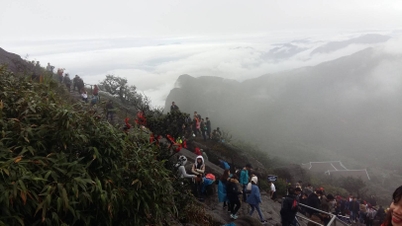

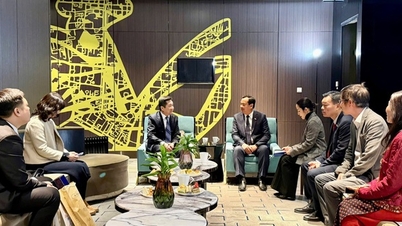

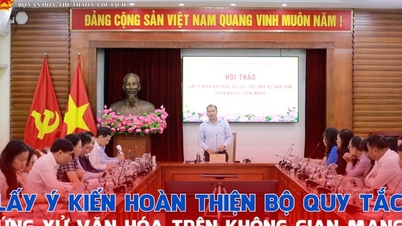
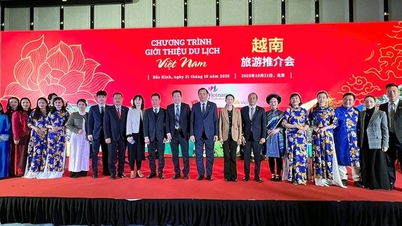
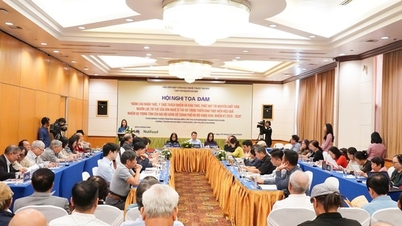
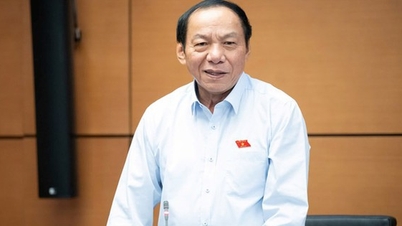
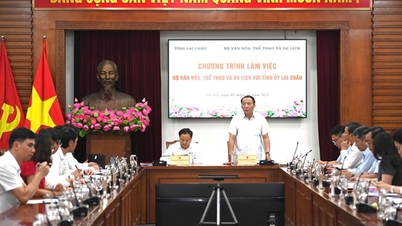
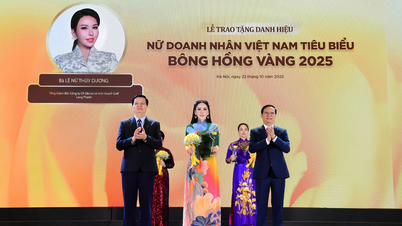

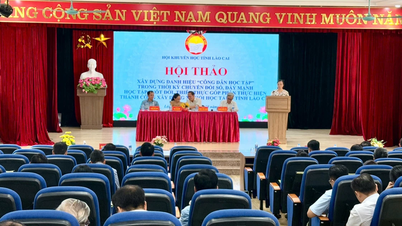

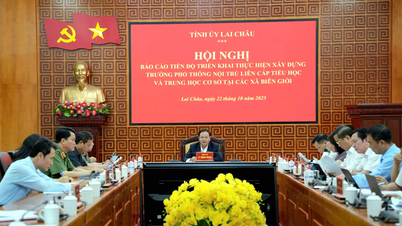
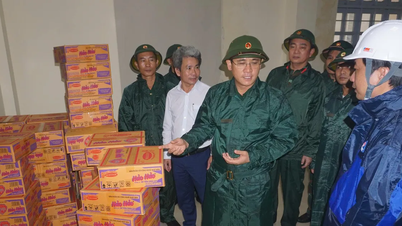

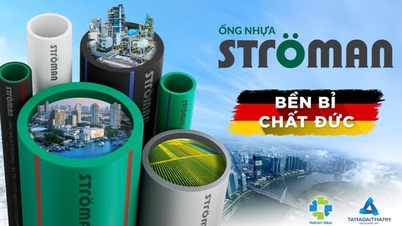







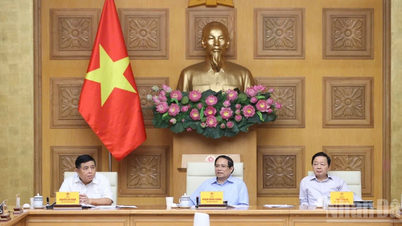
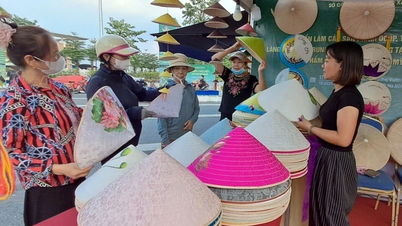

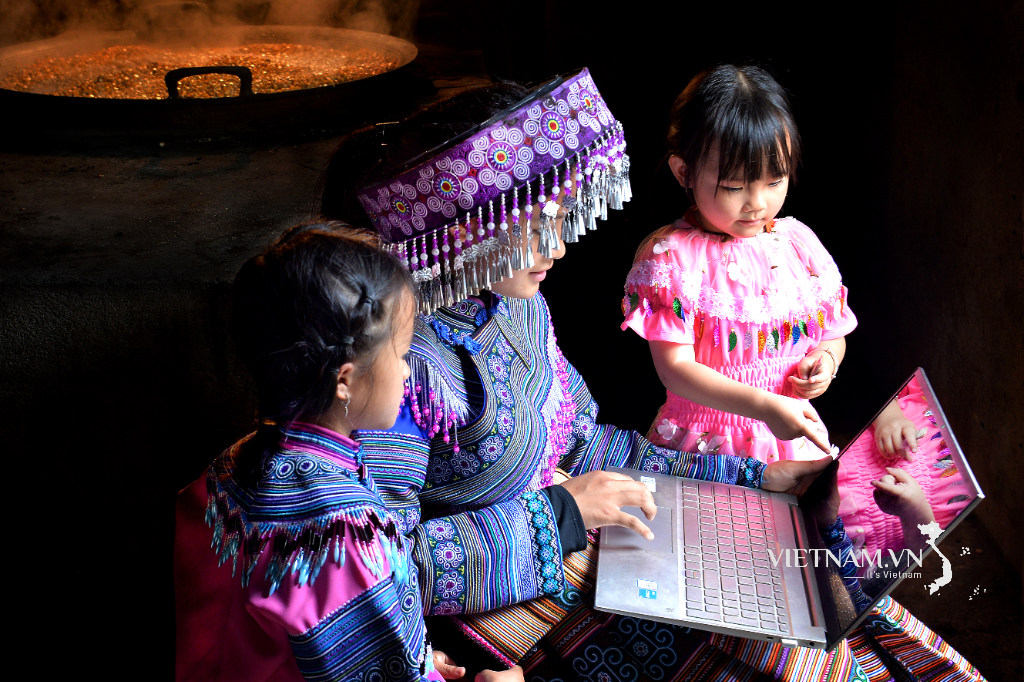


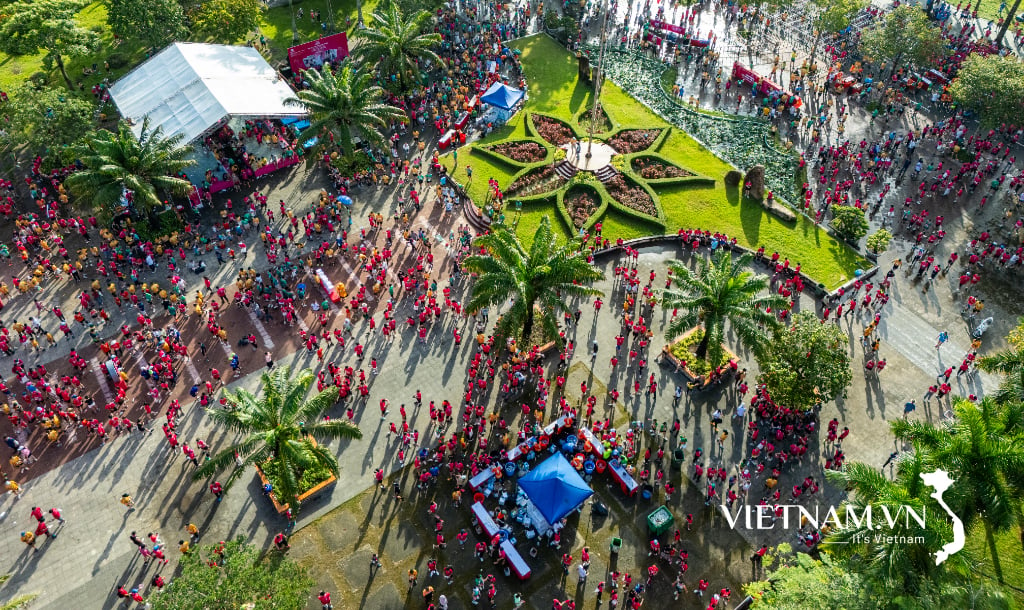
Comment (0)